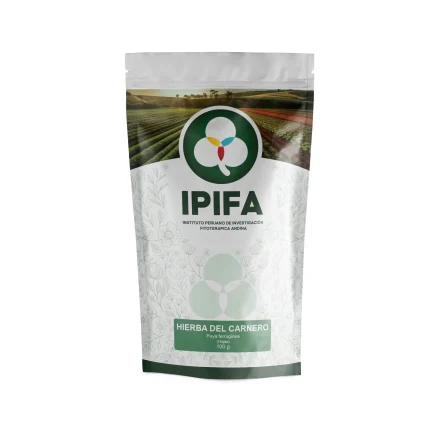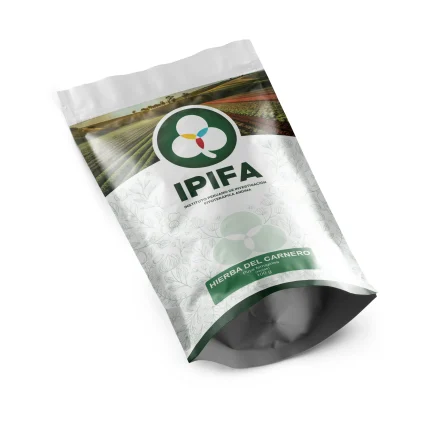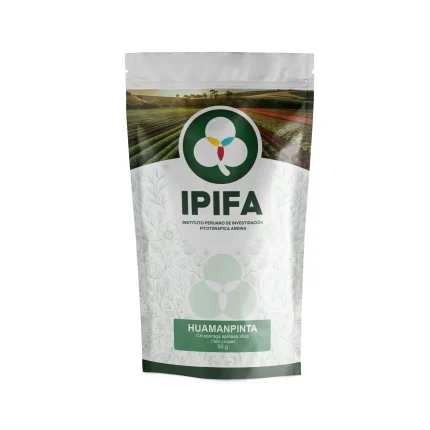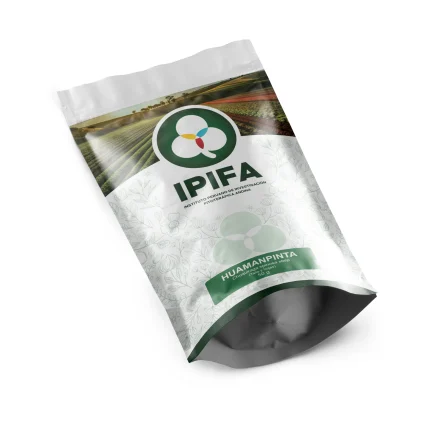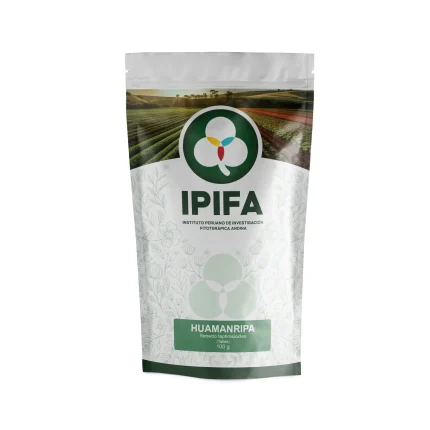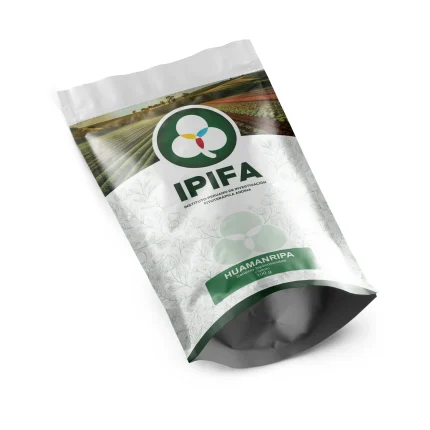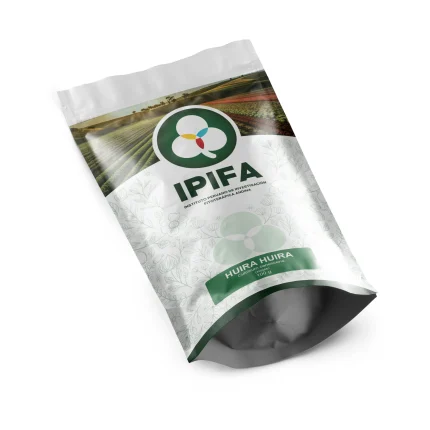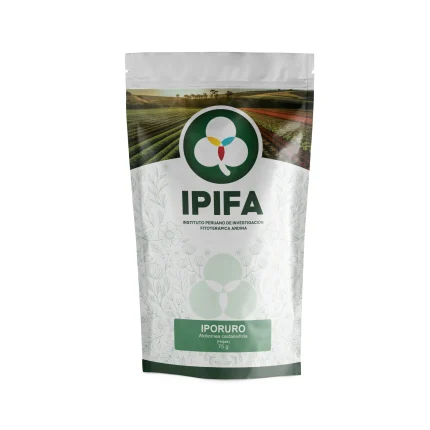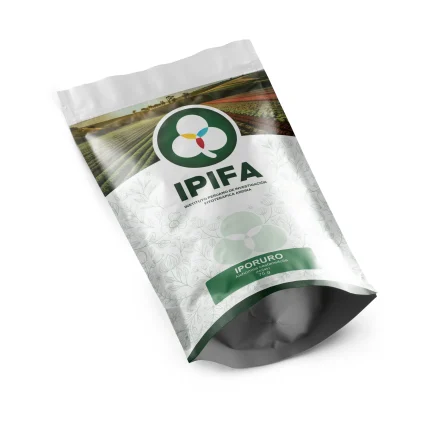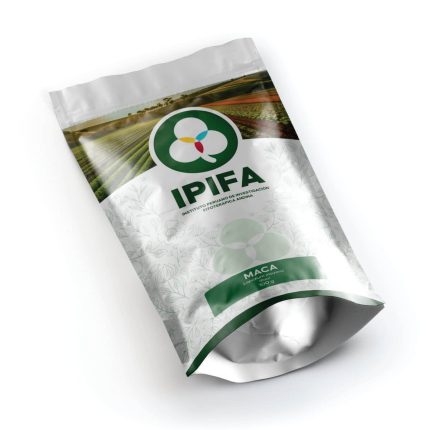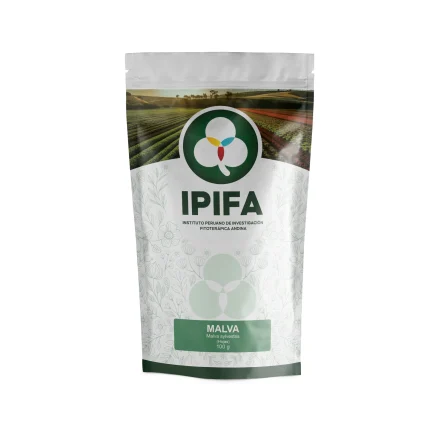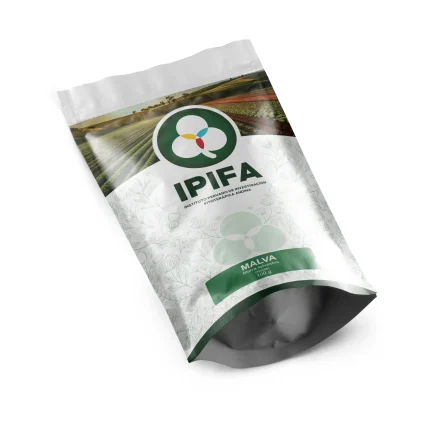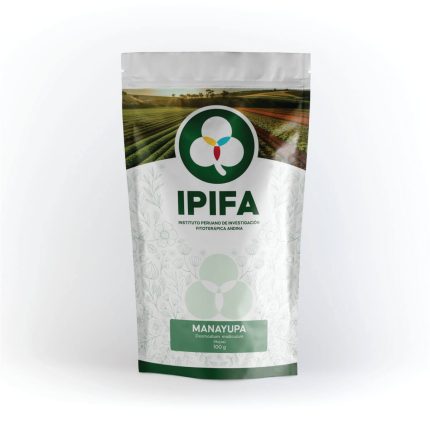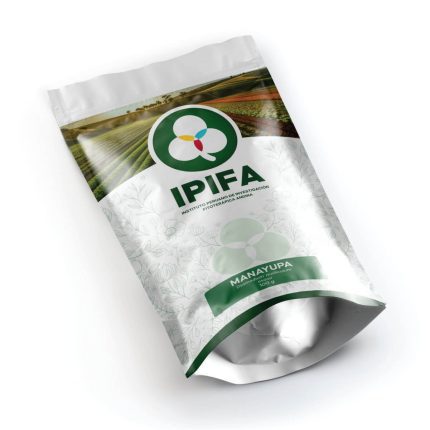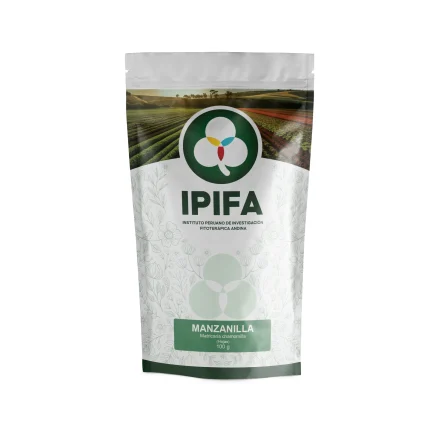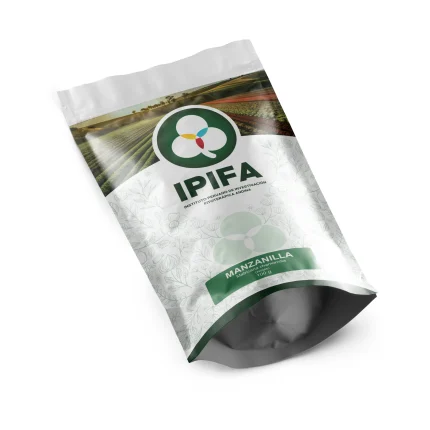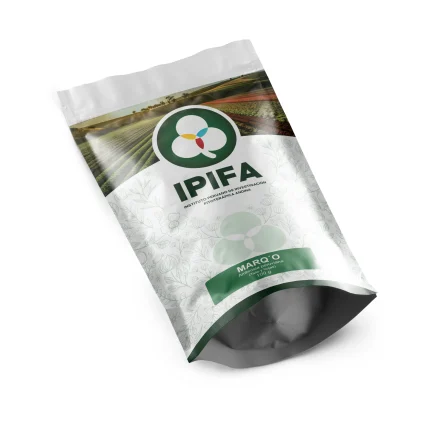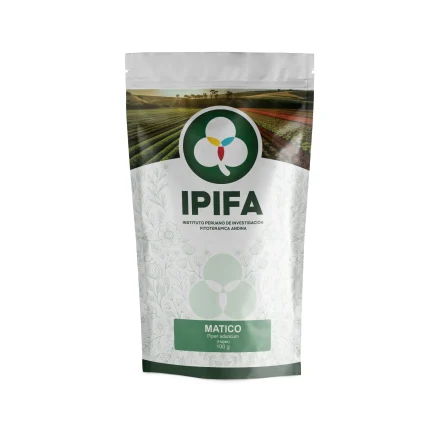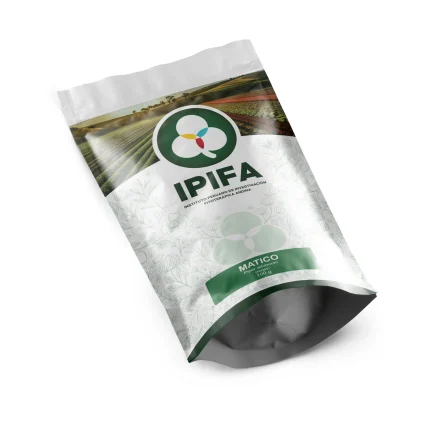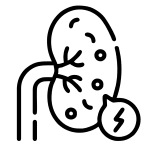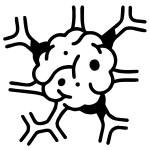DEPURATIVE KIT
The Manayupa, Desmodium molliculum, is a creeping herbaceous plant; that is, a plant that lacks woody stems, with a horizontal growth, belonging to the Fabaceae family, with which it shares these characteristics. This family, also known as "legumes", have in common the presence of a group of secondary metabolites known as "flavonoids". The manayupa is native to Central and South America, and can be found here in Peru, between 3200 and 4000 meters above sea level, that is, in the ecoregions steppe highlands, puna, high jungle and paramo, which include the departments of Piura, Cajamarca, Huancavelica, San Martin, Huanuco,
La Sand Flower, Tiquilia paranychioidesis a creeping herbaceous plant, a plant that lacks woody stems, with a horizontal growth, which can reach lengths of up to 60 meters, growing at ground level. It is distinguished by having tiny pilosities, among which stand out small white flowers with 5 petals. It belongs to the Boraginaceae family, also called "forget-me-nots". This family shares the presence of polyphenols, flavonoids and alkaloids among its secondary metabolites. The Tiquilia paranychioides (sand flower) is a plant endemic to Peru, i.e., it only grows in Peru, despite the fact that the genus Tiquilla It is also present in the coastal areas of southern Ecuador, Peru and northern Chile. Preferably in clayey, sandy or desert soils at altitudes between 30 to 500 meters above sea level. We can find sand flowerin Tacna, Lima, Ica and several other departments
The Barberry, Berberis vulgarisis a woody shrub with glabrous leaves, i.e., devoid of hairs. The plant is recognizable by having thorns that are actually modified leaves and small yellow button-shaped flowers. This plant belongs to the family of berberidaceaewith which it shares the characteristic of being woody shrubs. In addition, this family has the berberine alkaloid as part of its core business secondary metaboliteswhich gives its name to the genus Berberis. This plant can be found in various parts of the world, especially in Pakistan, China, Japan and Iran, but also in South America, and can be found in the meso-Andean areas. peruvianbetween 1400 and 4200 meters above sea level, in the departments of Cusco, Huancavelica or
One of the most studied properties in Desmodium molliculum (Manayupa) is the diureticThe body is induced to eliminate liquids, excess salts and toxins through the urine. It can be especially useful in people with fluid retention problems, triggered by some hepatic or circulatory system affection. The performance at an average dose of 200 mg/kg, showed effects close to the drug "furosemide" of 5 mg/g, which has been used for decades as a diuretic in the industry.
Similarly, the sand flower is diuretic y purifying and can be especially useful in people with fluid retention problems, triggered by a liver or circulatory system condition. This has been corroborated by several studies that not only relate to this plant with this property, but to the entire family of boraginaceae This effect is also linked to its virtue to help against constipation. However, it should be noted that the dose necessary to demonstrate diuretic effects should be met with caution, since excessive consumption could cause diuretic resistance. Although this is much more frequent when consuming
MACA
The Maca, Lepidium meyeniiis an annual herb of small size, barely reaching 20 centimeters. However, what is used of the plant, is its "root", more exactly its hypocotyl, a thickening of the root, which gives it the classification of tuber. It belongs to the family of Brassicaceaewith which it shares the characteristic of possessing glucosinolates, a natural pesticide. It has compounds phenolics, alkaloids, and flavonoids that attribute various health benefits to it when consumed. It is a native plant of the Peruvian altiplano, although nowadays it can also be found in Ecuador and Bolivia. At Peru can be found between 3500 and 4500 meters above sea level, in departments such as Apurímac, Puno, Pasco, Huánuco or Ancash.
Among the various benefits that can be provided by the consumption of Maca, Lepidium meyeniiwe have the invigorating o energizerstudies have been reported, since several studies have emphasized a better performance physical activity in sports. Likewise, this effect is related to that of sexual enhancer and improve the odds reproductive, as it allows for a better performance and is known to increase the generation of spermatozoa in the testicles.
Another important quality is the hormone regulatoras it may act by regulating the levels of progesterone and testosterone during pregnancy. menstruation and alleviating the symptoms of menopause. This activity of hormone regulation also helps in cases of osteoporosisstudies have highlighted its effectiveness in the treatment of prevention of the decrease in the bone mass. Some other studies suggest that it may provide benefits decreasing stress levels or by improving the level of reaction under situations of stress.
Presentation:
Each bag is 100g.
MANAYUPA
The Manayupa, Desmodium molliculum, is a creeping herbaceous plant; that is, a plant that lacks woody stems, with a horizontal growth, belonging to the family of the fabaceaewith which it shares these characteristics. This family, also known as "legumeshave in common the presence of a group of secondary metabolites known as "secondary metabolites".flavonoids". The manayupa is native to Central and South America, and can be found here in the PeruThe area is located between 3200 and 4000 meters above sea level, that is, in the steppe highlands, puna, high jungle and paramo ecoregions, including the departments of Piura, Cajamarca, Huancavelica, San Martin, Huanuco, etc.
Desmodium molliculum (Manayupa) possesses a wide variety of these metabolites, among which we find flavonoids, tannins, steroids, triterpenes, coumarins and alkaloids. The different proportions and configurations between these groups of metabolites are exploited by humans to make use of curative properties of various kinds, such as its qualities purifying, anti-inflammatory, antihemorrhagicbeneficial to the kidneys, analgesics, astringentsamong others.
Presentation:
Each bag is 80g.


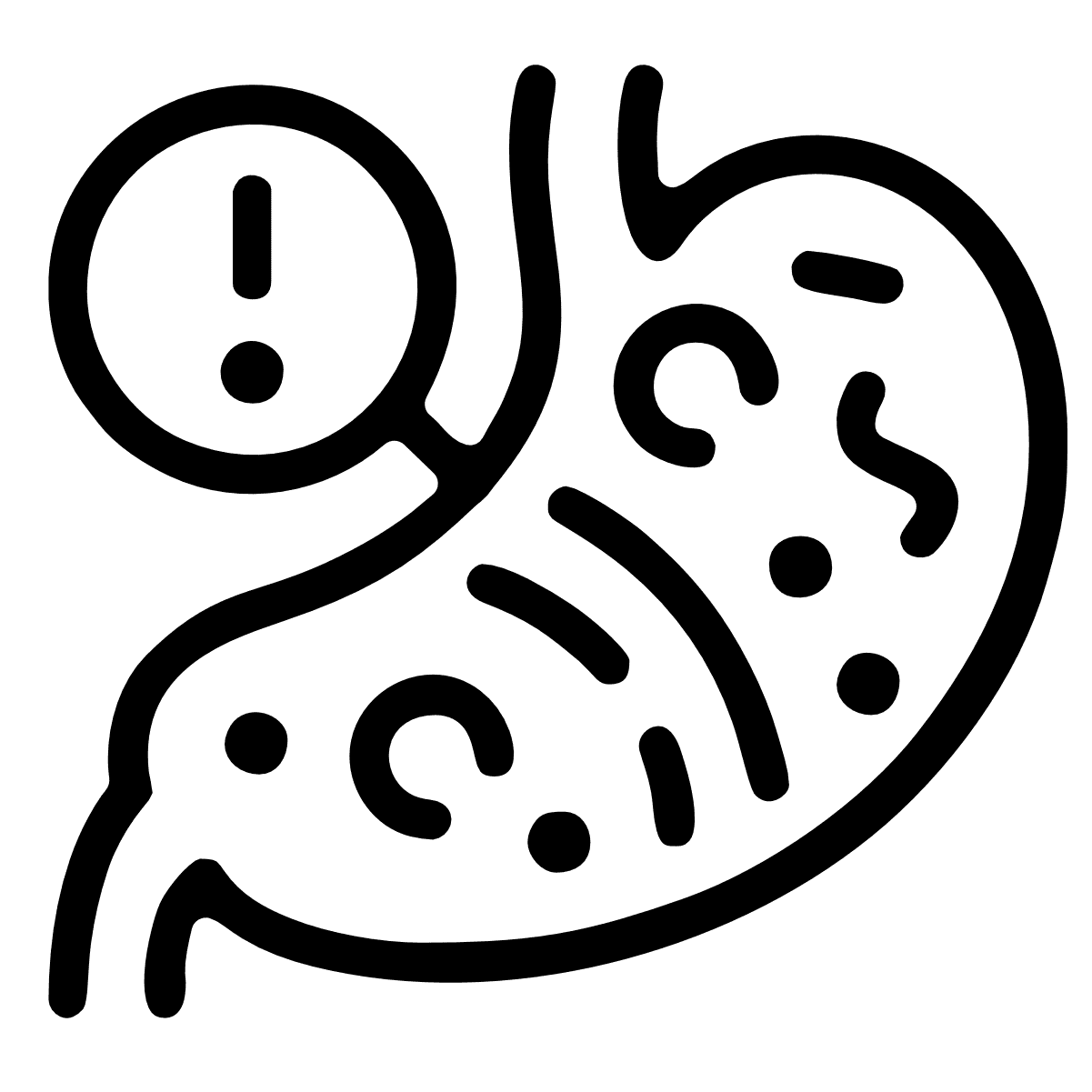 Purification kit
Purification kit  Relaxing kit
Relaxing kit 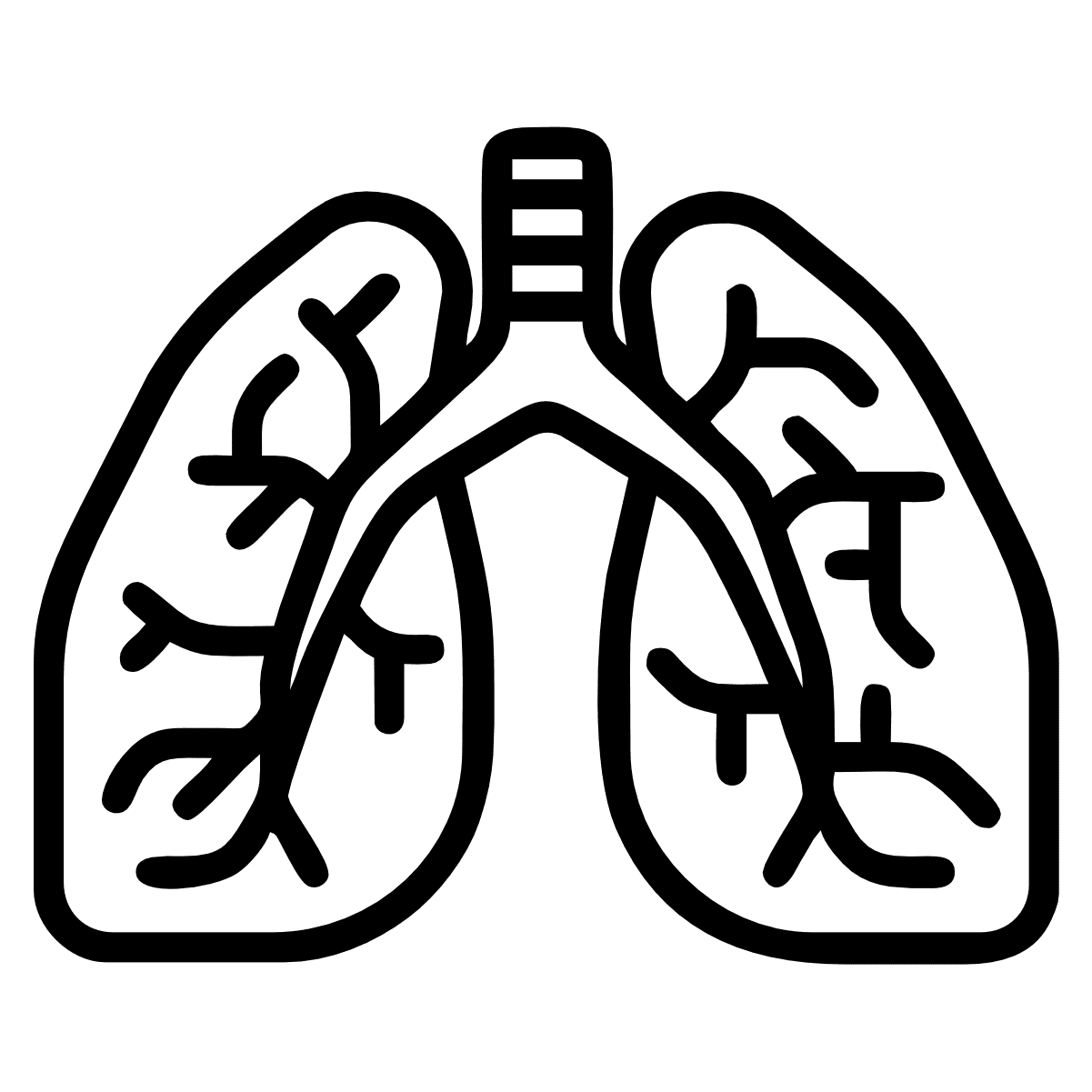 Respiratory kit
Respiratory kit 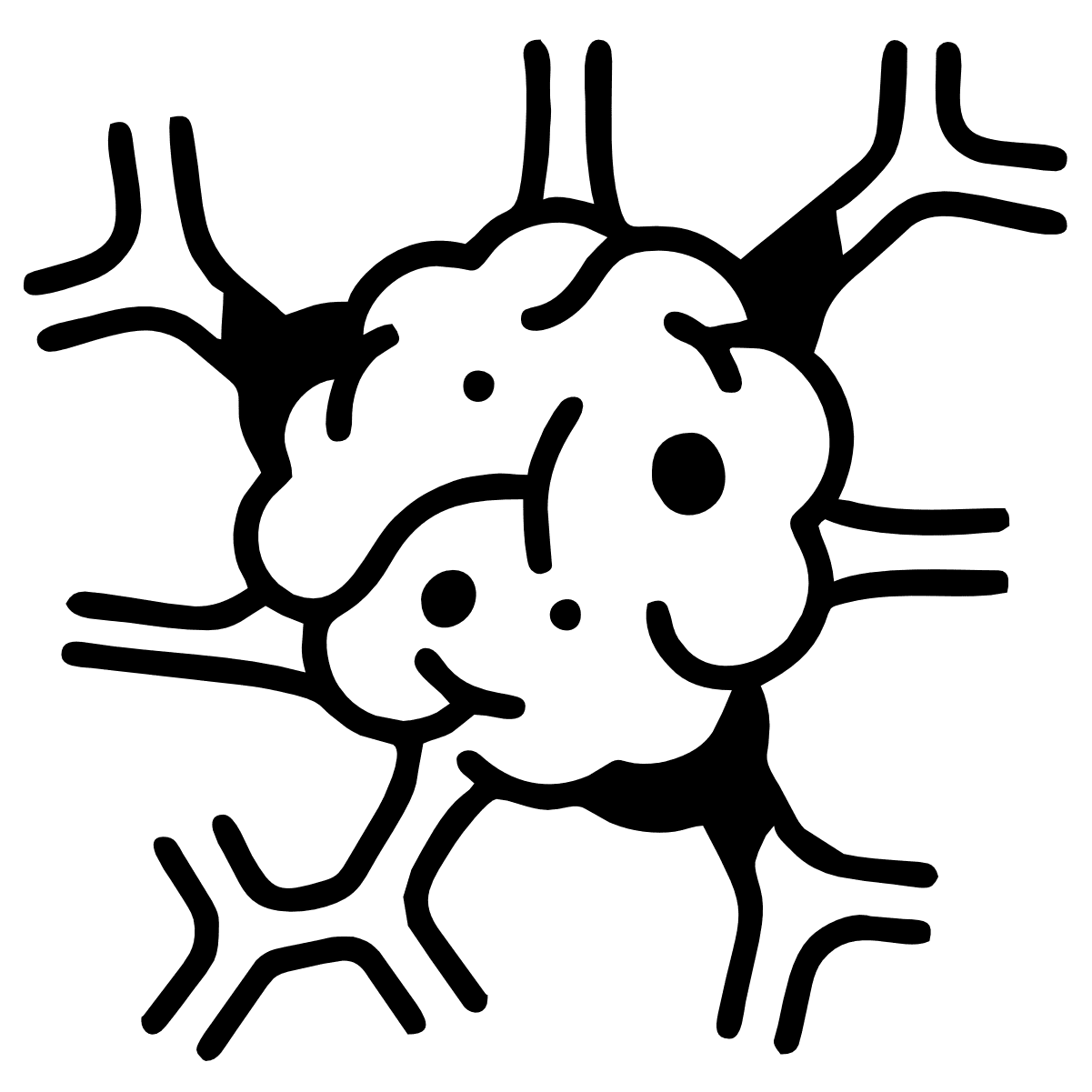 Antitumor
Antitumor 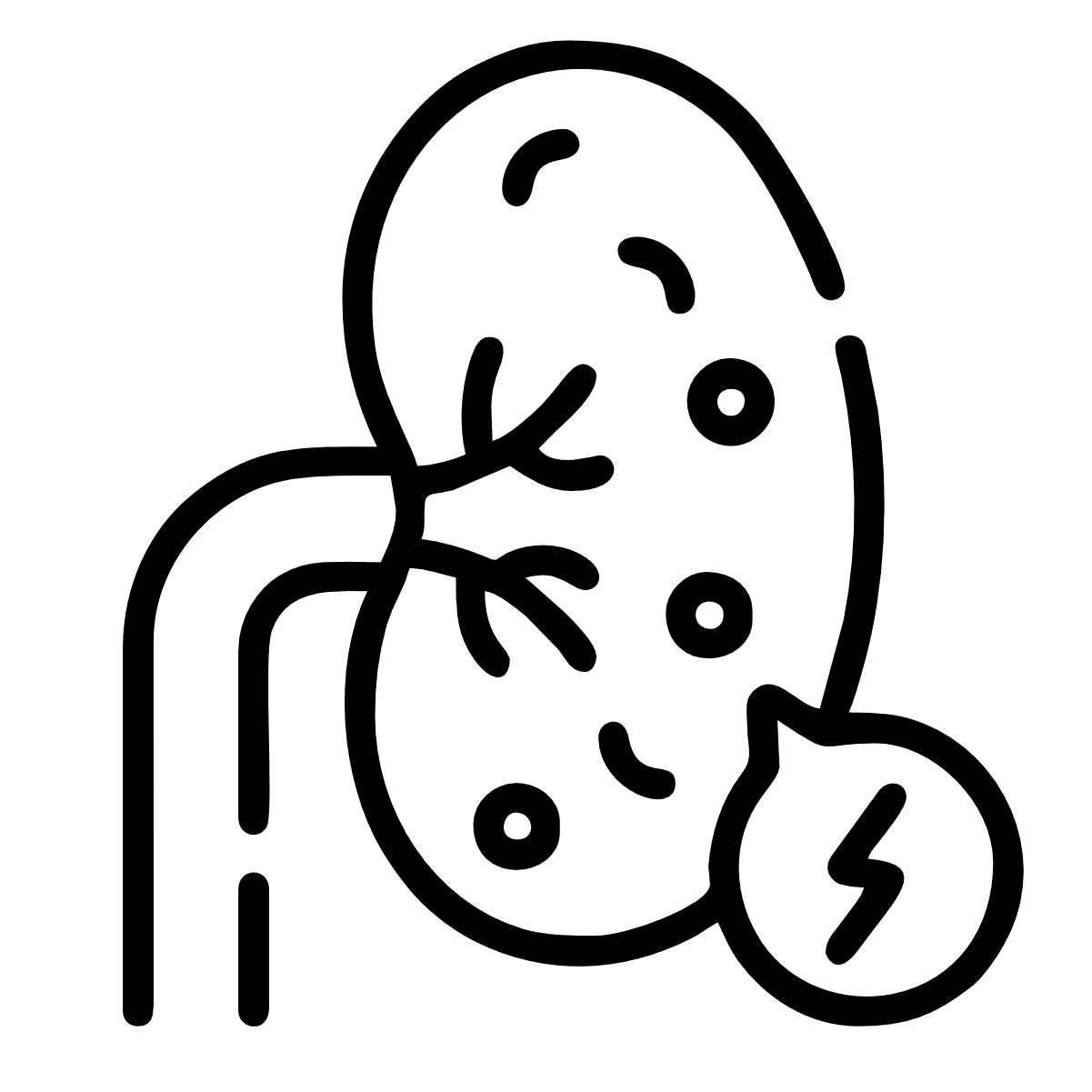 Kidney stones
Kidney stones  Blood circulation
Blood circulation  Cholesterol
Cholesterol 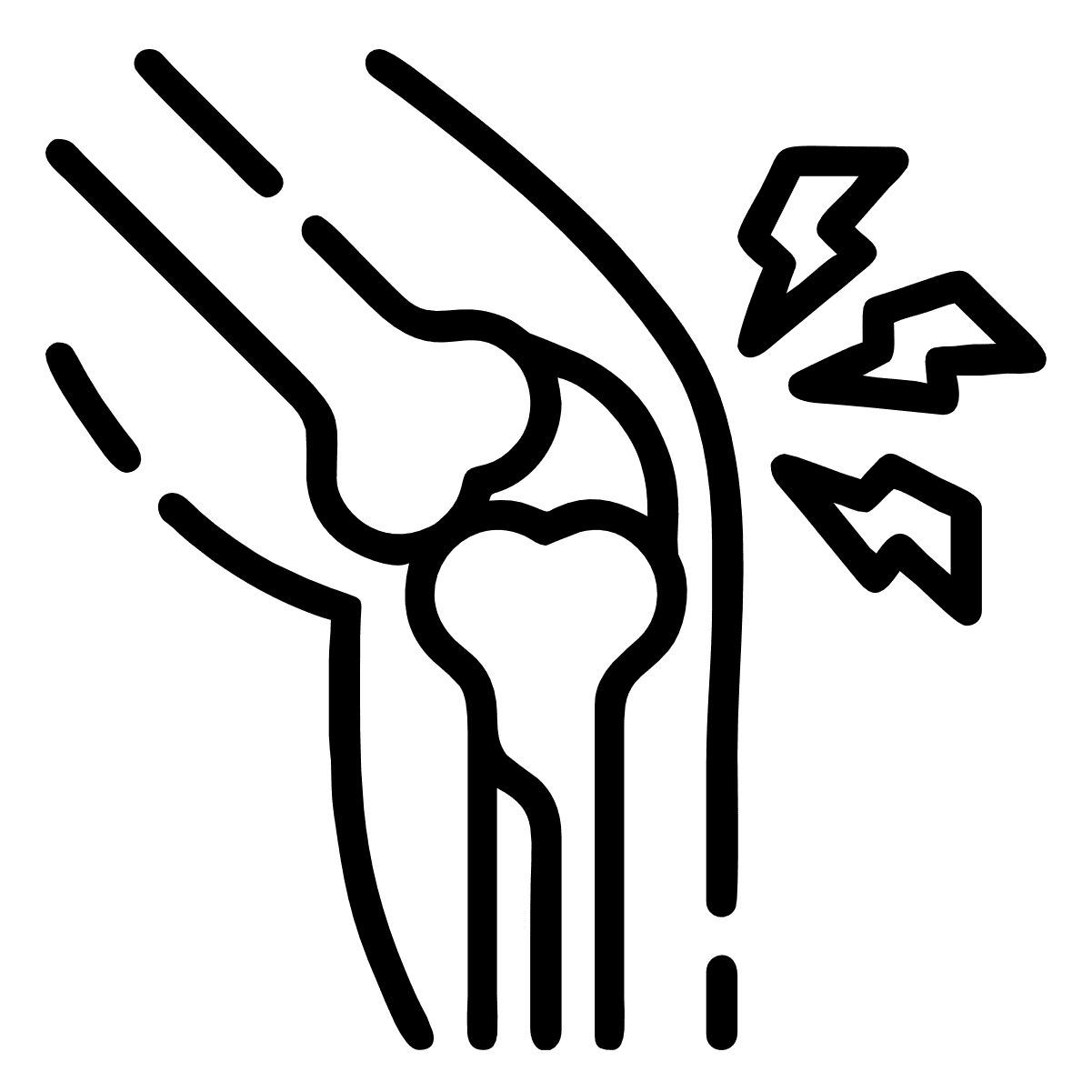 Rheumatic pains
Rheumatic pains  Constipation
Constipation 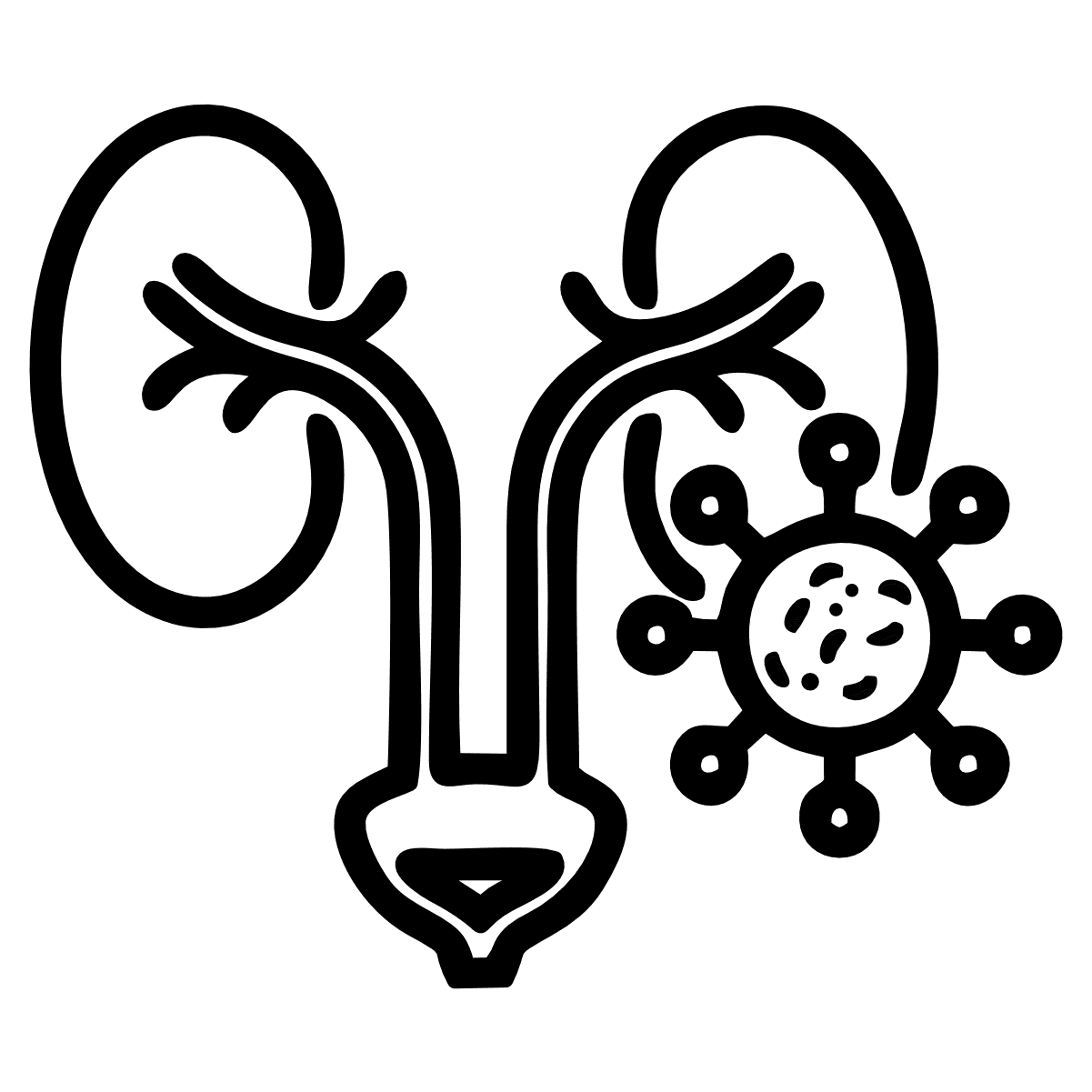 Urinary tract infection
Urinary tract infection 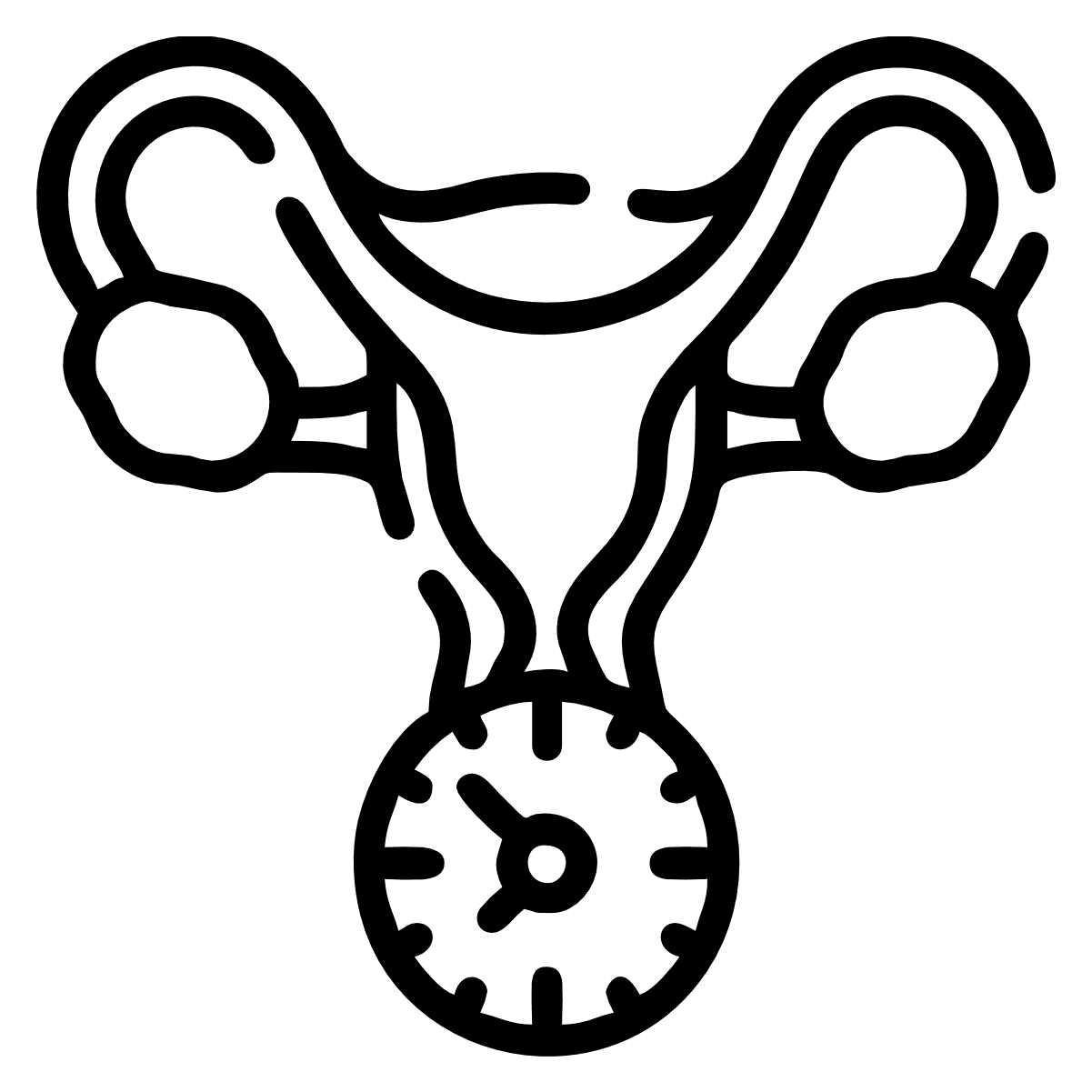 Menopause
Menopause  Obesity
Obesity  Purifying plants
Purifying plants 
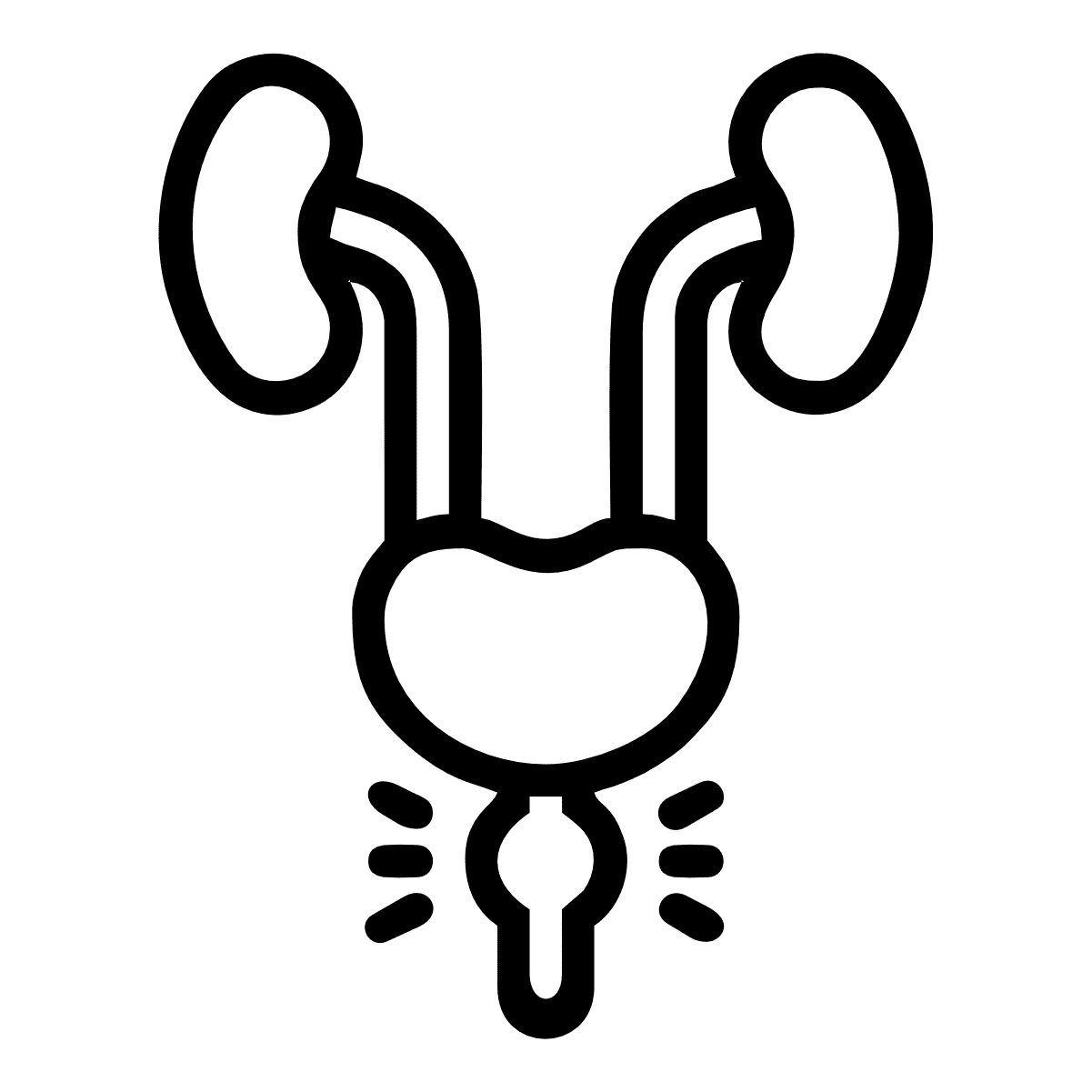 Prostatitis
Prostatitis  Glucose regulator
Glucose regulator 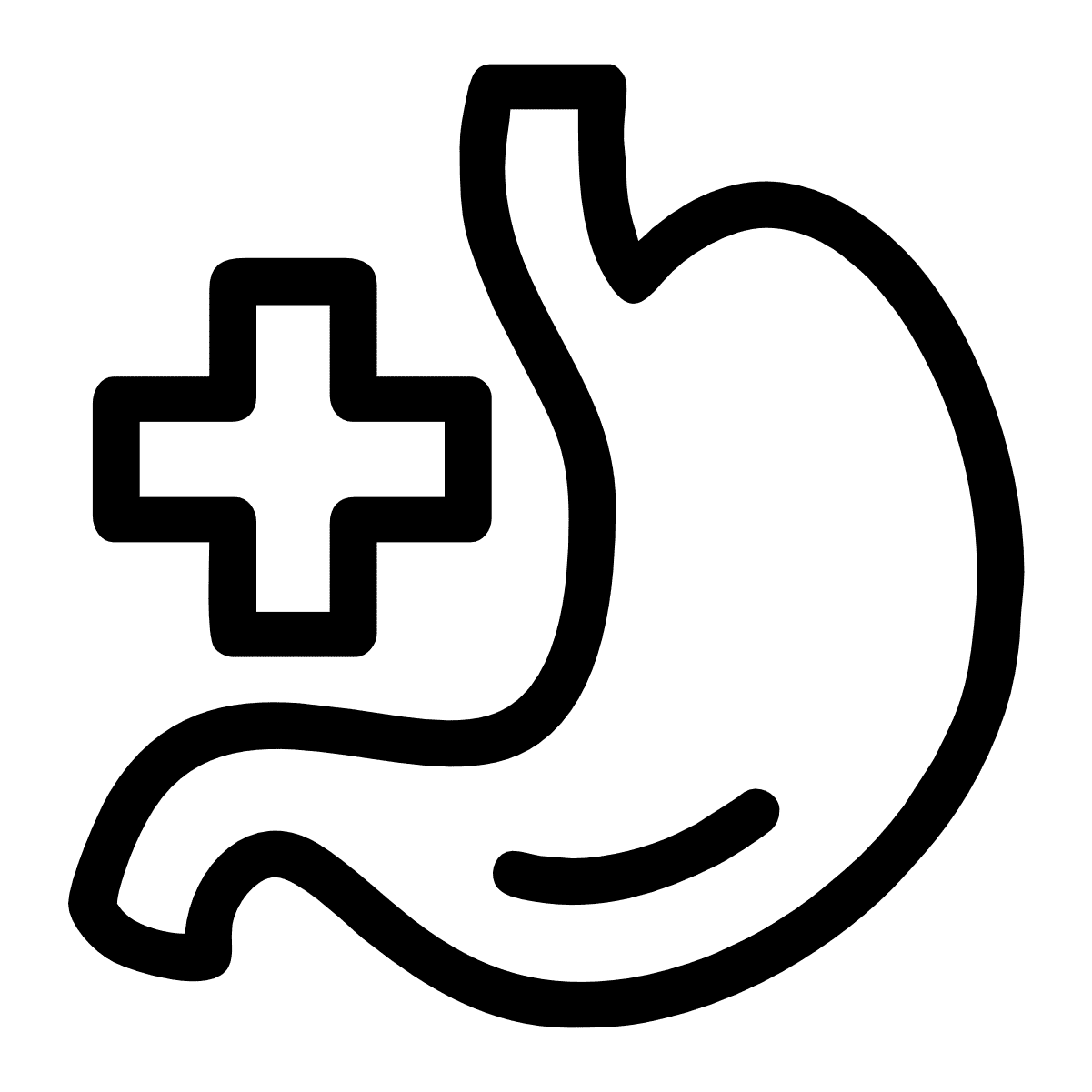 Digestive disorders
Digestive disorders 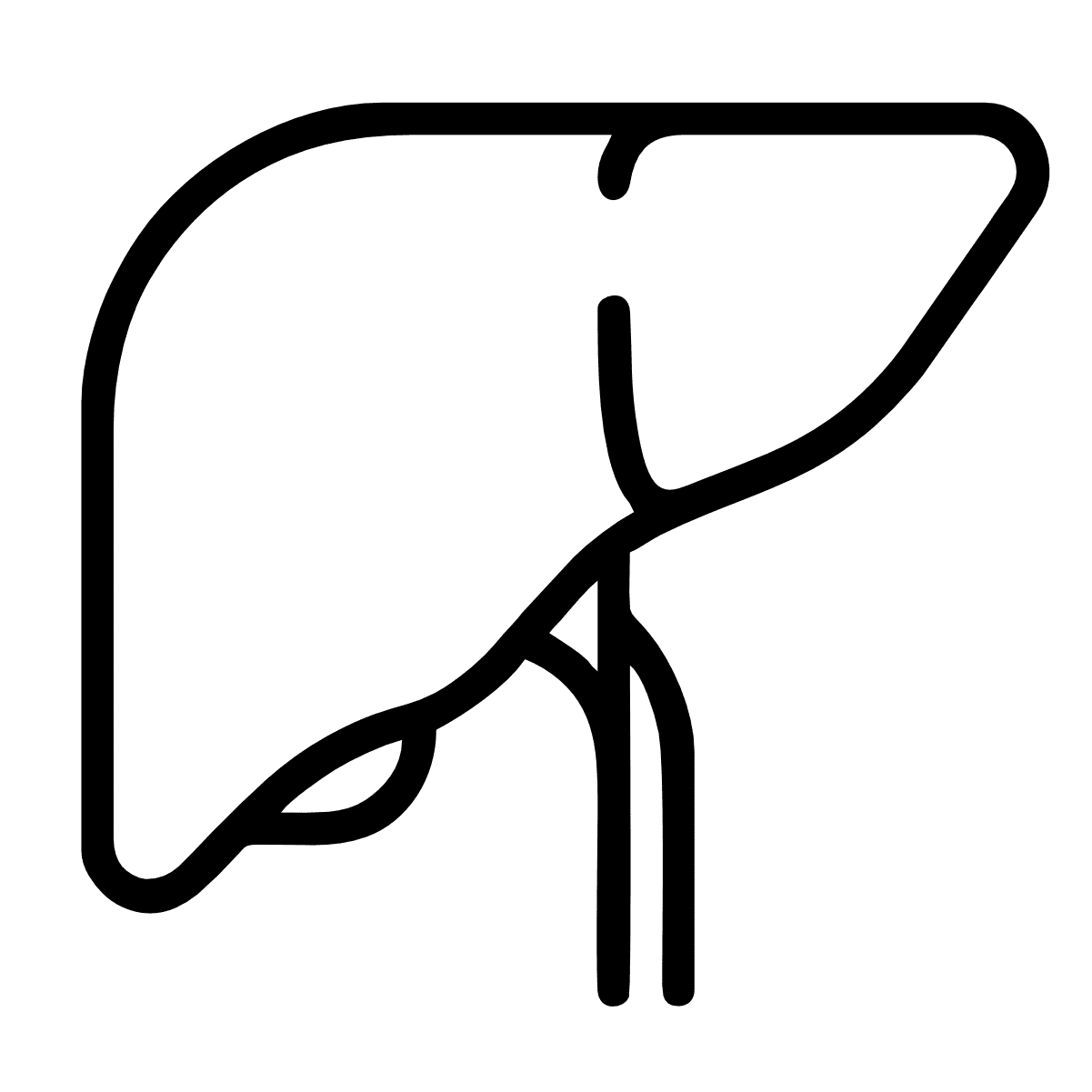 Hepatic disorders
Hepatic disorders 
